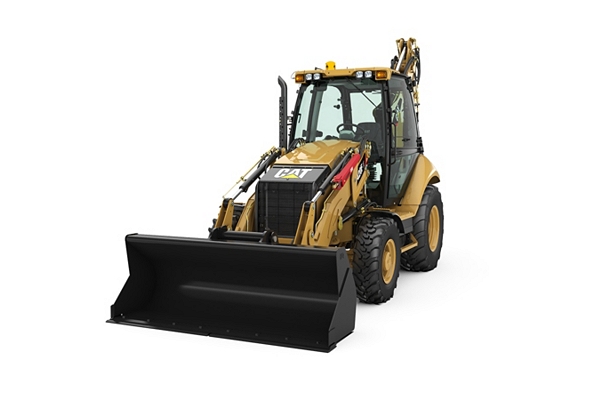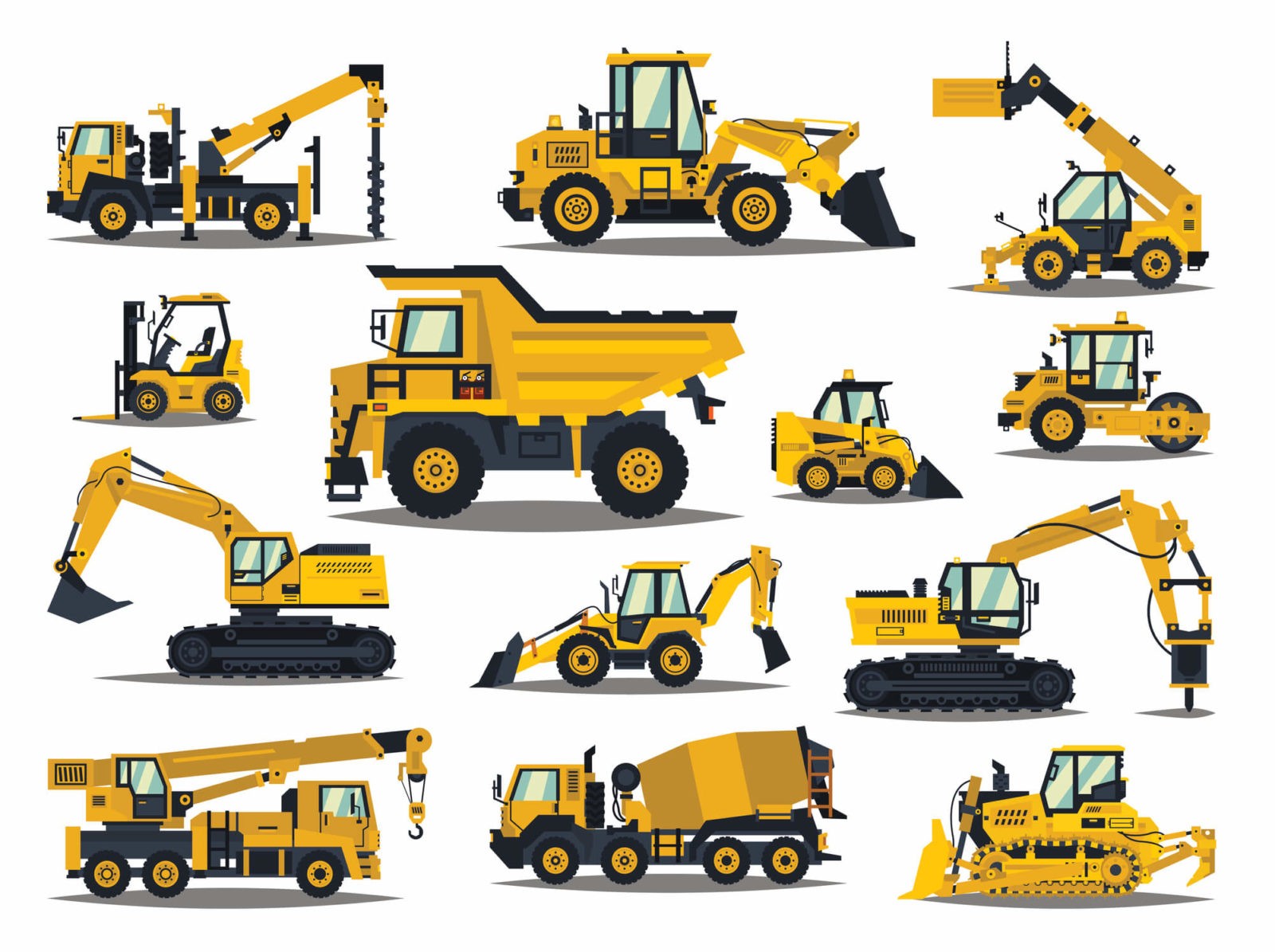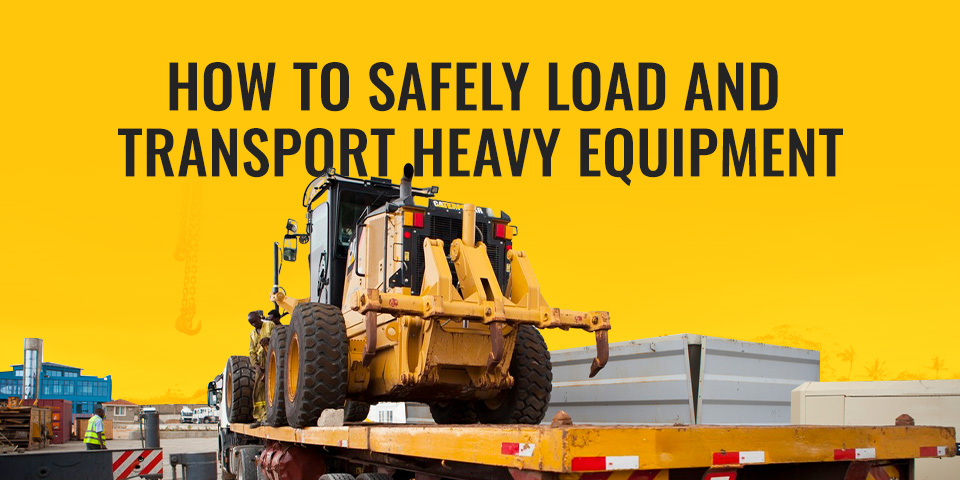Aerial Lift Rental for Construction and Maintenance Projects
Aerial Lift Rental for Construction and Maintenance Projects
Blog Article
Renting Vs. Acquiring Building Equipment: Making the Right Choice for Your Job
When embarking on a construction task, one of the important decisions that project stakeholders and managers face is whether to rent out or acquire building and construction tools. Both choices have their downsides and advantages, making the selection an essential one in the job planning process. The choice depends upon different aspects such as price considerations, project period, tools upkeep, scalability, threat, and adaptability management. Each aspect plays a crucial role in establishing one of the most appropriate path for the task's equipment needs. dozer rental. Let's discover these variables additionally to recognize just how they affect the decision-making process and ultimately the success of the project.
Expense Factors To Consider
When assessing the economic facet of buying versus renting out building devices, the lasting expenses and upfront costs should be carefully thought about. Leasing tools usually requires lower initial payments compared to acquiring, making it an appealing choice for temporary jobs or professionals with budget restrictions. Renting removes the need for big funding outlays and minimizes the monetary threat connected with equipment ownership, such as maintenance and devaluation expenses. Nonetheless, over time, continuously leasing equipment can gather higher expenses than buying, particularly for prolonged tasks.
On the other hand, acquiring building equipment includes greater ahead of time costs however can lead to long-term cost savings, especially for long-term tasks or constant customers. Owning devices provides versatility, ease, and the capacity for resale value once the task is completed. Additionally, having equipment permits personalization and experience with particular equipment, possibly boosting efficiency and efficiency on-site. Ultimately, the decision between renting out and getting building tools depends upon the project's duration, regularity of usage, spending plan considerations, and long-lasting economic goals.
Task Duration

Alternatively, for long-lasting jobs or continuous construction work, getting equipment could be the much more economical option. Acquiring tools can bring about cost financial savings over time, especially if the equipment will certainly be frequently utilized. In addition, possessing devices offers a sense of control rental company near me over its schedule and permits for modification to fit specific project requirements.

Equipment Upkeep
Offered the critical function task period plays in determining the most economical method in between renting out and purchasing construction devices, the focus now moves in the direction of taking a look at the necessary element of equipment maintenance. On the various other hand, having tools needs a positive technique to maintenance to prevent breakdowns, guarantee security, and prolong the equipment's life-span. Ultimately, a properly maintained construction devices fleet, whether rented out or owned, is important for the effective and effective completion of building tasks.
Flexibility and Scalability
In the realm of building equipment management, the aspect of adaptability and scalability holds significant value for project effectiveness and source usage. Opting to rent out building and construction tools gives a high level of flexibility as it permits for the fast change of devices kinds and quantities based on the evolving requirements of a task.
Renting out building and construction tools supplies the benefit of easily scaling operations up or down as task demands rise and fall. Professionals can promptly exchange or include devices to match the project's transforming requirements without the restrictions of having assets that may become underutilized or obsolete.
Threat Monitoring
Reliable danger management in construction equipment operations is critical to guaranteeing project success and mitigating potential monetary losses. Construction tasks inherently involve numerous threats, such as tools breakdowns, accidents, and job delays, which can substantially affect the task timeline and budget. By carefully thinking about the risks linked with owning or leasing construction devices, job managers can make enlightened decisions to minimize these prospective threats.
Leasing construction equipment can use a level of threat mitigation by moving the obligation of upkeep and repair services to the rental company. This can decrease the financial burden on the job proprietor in instance of unexpected devices failures (mini excavator rental). Additionally, renting provides the adaptability to access specific tools for certain job phases, reducing the threat of possessing underutilized equipment
On the other hand, possessing building equipment offers a sense of control over its usage and maintenance. Nevertheless, this also suggests bearing the complete obligation for repair work, upkeep prices, and devaluation, raising the monetary risks related to tools ownership. Careful danger evaluation and consideration of variables such as project period, devices use, and maintenance demands are important in figuring out one of the most appropriate alternative for effective threat management in building and construction jobs.
Conclusion
To conclude, when deciding between leasing and acquiring building and construction equipment, it is very important to think about price, project duration, equipment upkeep, versatility, scalability, and risk monitoring. Each element plays a critical role in establishing one of the most appropriate alternative for the task available. By carefully assessing these facets, task managers can make an enlightened decision that aligns with their budget, timeline, and general job goals.

Report this page